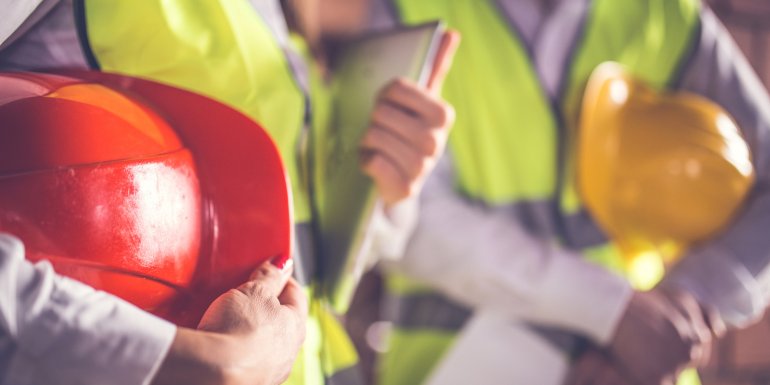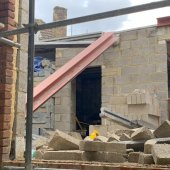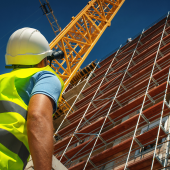BSR addresses 'unacceptably high' charges for safety case reports

The Minister for Housing in the Department for Levelling Up, Housing and Communities (DLUHC) and the Director of Building Safety in the Building Safety Regulator (BSR) have published a joint letter directed at registered building managers which is designed to resolve issues that have arisen around safety cases and their reports.
The UK Housing Minister, Lee Rowley MP, and the BSR’s Director of Building Safety Philip White were prompted to publish the letter on the government’s website on 17 April after the BSR heard that some owners and managers of occupied high-rise buildings (HRBs) under the Building Safety Act were facing challenges in the creation of safety case reports.
The BSR has also become aware of "unacceptably high charges being quoted and charged for services related to the production of [them]," notes the letter.
Under the new regime, registered building managers have a legal duty to submit safety case reports to the BSR, which must not only document the building’s safety risks, but also provide evidence as to how these risks are being managed.
In addition, the BSR also found that some of those who are accountable for individual HRBs had expressed confusion over when to commission new assessments for building safety cases.
As the letter notes, "We can see, incorrectly, that some are inferring that new investigations and assessments need to be commissioned for all aspects of building safety cases instead of utilising existing ones. This includes fire engineering, building surveys and other specialist activities – something which is often then compounded by unreasonable management fees for their provision."
The letter notes that service charges must be reasonable and that the BSR expects them to be communicated effectively to leaseholders.
"Leaseholders should be able to understand what they are being charged for and why, how much it will cost and how long the work is expected to take,’ says the letter. ‘This is essential for the proper management of the building."
The joint communication adds that if a registered building manager owns or manages a HRB, they should already have been keeping much of the information required for the reports.
It adds that the focus should be on ensuring that the arrangements to manage residents’ and visitors’ safety in the building are effective and appropriate so that serious risks are identified and resolved proportionately.
"The law is clear: the safety case, and the safety case report exist to prevent building safety failures (that is the spread of fire and structural failure) that could result in serious loss of life," explains the letter.
"Any proposed work to produce these should only be justified against that standard. The safety case and safety case report should not cover issues unrelated to the spread of fire and structural failure."
In addition, the letter makes it clear that registered building managers understand the following:
- All those providing the services and quotations describe the works in a way that means residents can make easy comparison for like-for-like activity when presented with multiple quotations. This includes providers setting out a consistent approach to quotations for work from one building to the next, so there is transparency regarding similar work in different buildings.
- Accountable persons can explain and justify any such costs, as part of their resident engagement strategy and ensuring transparency about service charges.
The joint statement directs registered building managers to the BSR’s guidance pages at the HSE website, which provides detailed information on safety cases and safety case reports.
This website outlines how owners or managers of occupied HRBs can prepare for the new building safety framework and the type of information they might need.
Some examples of the type of things they will need to find out include the profile of the residents; when the HRB was built and the relevant standards at the time of its construction; the HRB’s height, number of storeys and number and type of flats; details of its construction, including its façade and insulation materials; and details of any refurbishment or changes to the building since it was built.
As the HSE website notes: "Every building is different so you may need other items of information that aren’t on the list. Some information will be obvious or easy to find, but you may have to investigate your building, or ask other people or organisations for help."







